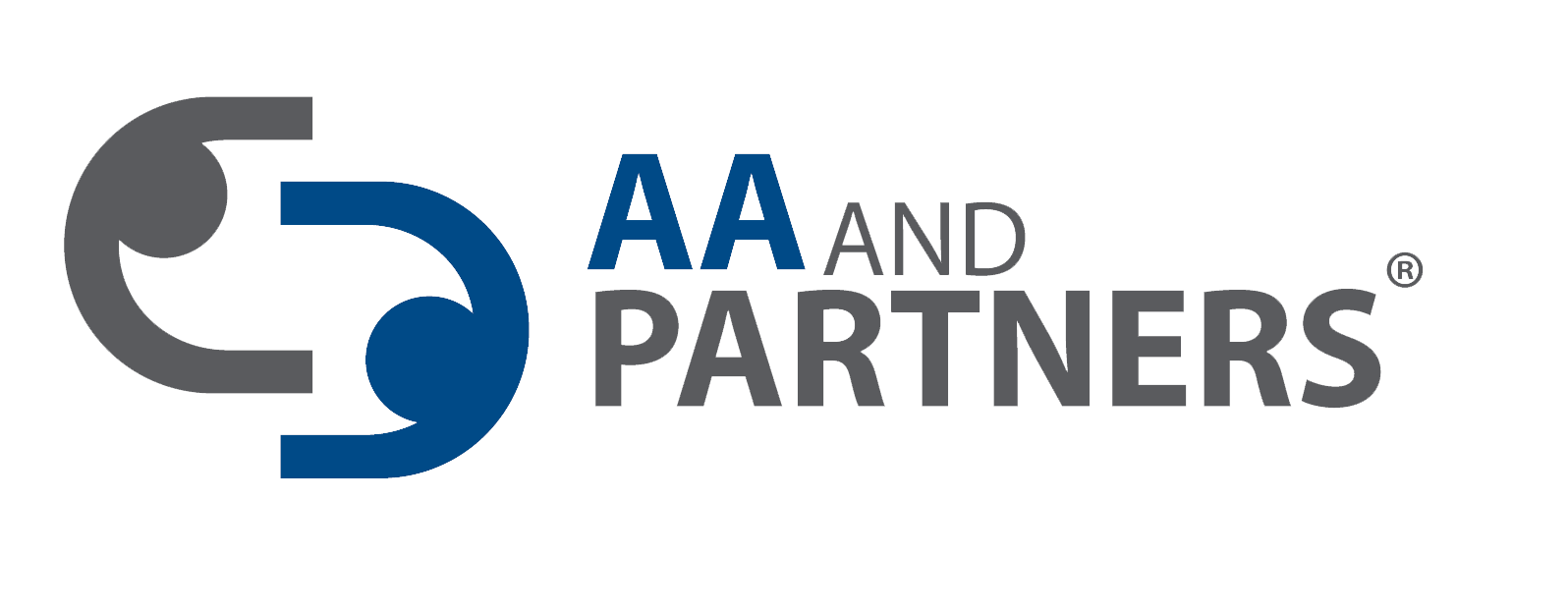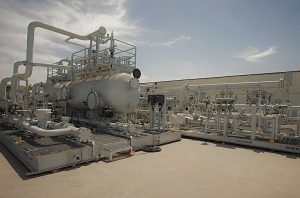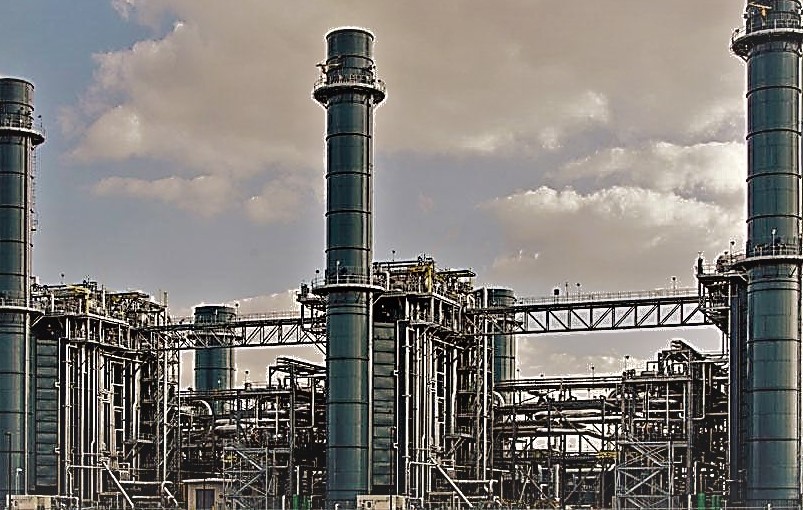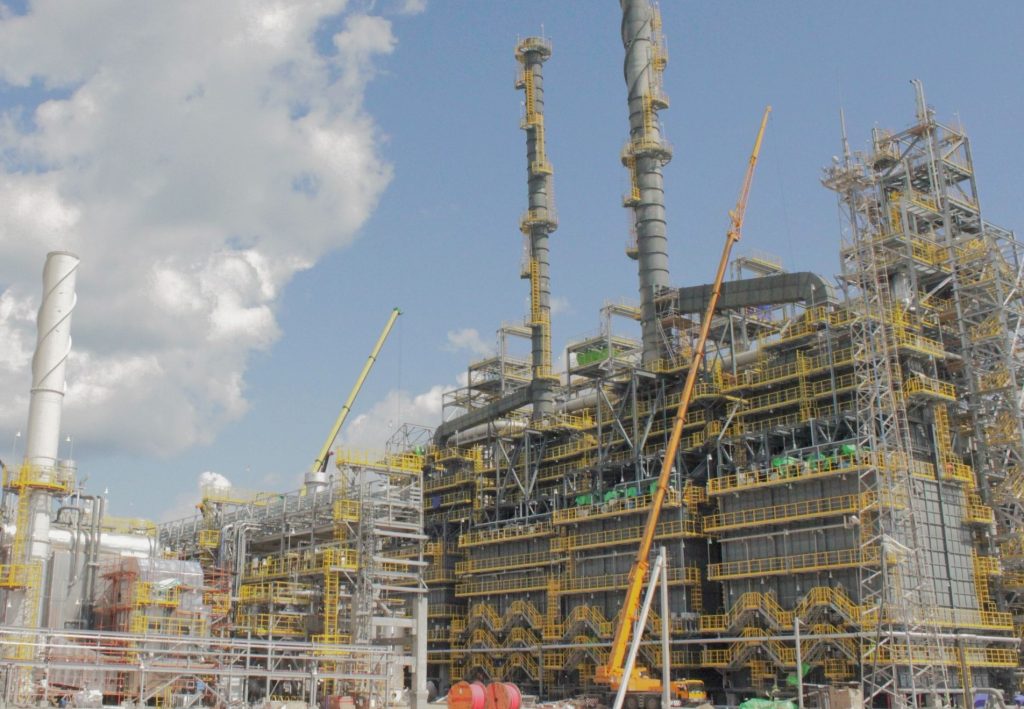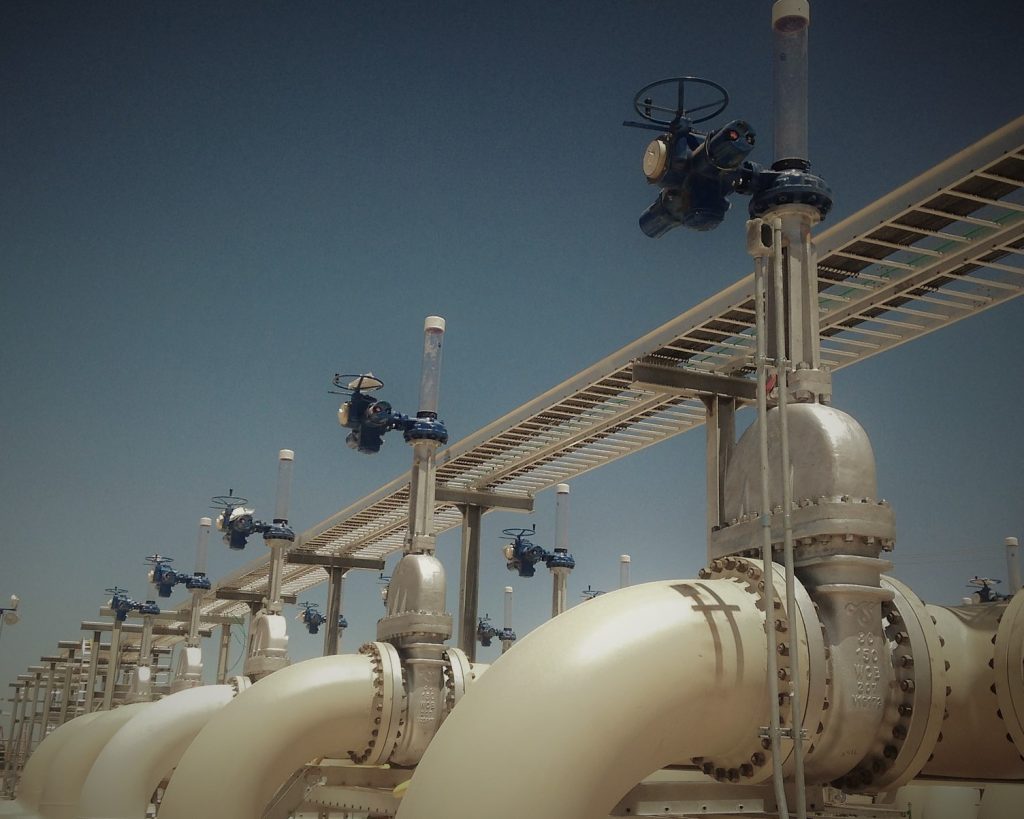Air Cooled Heat Exchangers are used mainly in refineries in oil processing and in the processing and transportation of natural gas where the worldwide accepted API (American Petroleum Institute) standard intended for the special requirements of such demanding operations was developed many years ago, according to which almost all clients order such air-cooled heat exchangers. In technical jargon, these heat exchangers are indicated as API-exchangers. They are distinguished by their use at high operating temperatures and pressures, with highly corrosive and flammable media requiring special structures, materials and demanding welding procedures (plug chambers with extraordinary sheet metal thicknesses, duplex steels, etc.). In other industries, the conditions are not so demanding and the technical design of heat exchangers is resolved according to traditions in such industries, according to the specific requirements of customers or our experience, naturally considering the applicable standards for the construction of such pressure facilities.
Electricity production processes result in emissions of low-potential heat into the atmosphere. Air-cooled Condensers (Heat Exchangers) use corrosion-free media at low pressures (water steam, water and glycol mixtures). In many cases cooling of extreme thermal powers is needed. This includes cooling of gas and diesel engines, gas and steam turbines and condensation of the emission steam of steam turbines. More and more, air-cooling replaces water-cooling in power engineering, where it is used a standard as water is rarer in some industrial areas and more expensive. In many areas which require the production of electricity, water sources are lacking and in concentrated industrial areas where water is available, its price is very high.
Traditional heat exchangers with cylinder shell and tube bundle in various modifications for different media and operating conditions are used in all possible industries and power engineering. Considering the custom-made character of the production and higher production costs, our company focuses on special designs of heat exchangers.
Water-cooled shell and tube heat exchanger installed on the exhaust steam from a steam turbine in thermal power stations. The function of a surface condenser is to create the lowest possible turbine or process operating back pressure while condensing steam. The condensate generated is usually recirculated back into the boiler and reused as boiler feedwater. Both of these operations are accomplished at the best efficiency consistent with the ever-present problem of economy. It imparts to power generation plant a higher thermal efficiency. Our knowledge allows for an expedient, accurate design and fabrication process. Using design methodologies and practices that have been honed over time, we work closely with our customers to evaluate options that best meet each project’s objectives.
Tube bundles arranged for the installation into the air duct (square or rectangle shape). Both steam and hot water heating is possible. Heated air is located in the inner tube space. Using in thermal power stations, biomass plants, EfW plants etc. The tube bundle can consist of finned or unfinned (bare) tubes. Finned tubes of an air heater/air preheater are designed with round CS or SS tubes. Fins can be made from Al or CS. The dimension of the preheater can be designed according to the existing duct so as the design can be made with respect to the specific site conditions, mainly the air pollution and dust content in the air. The main purpose of the air heater is the heating of the combustion air for fired boilers but it can be used also for other application.
Electric heat exchangers or electric tankless heaters are designed for heating processes with circulation or recirculation in liquid or gas circuits: water, central heating, oil, steam, air, gas and molten salts, among other uses.
Electric forced-air heaters made up of a resistor battery, fan, temperature controller, safety limiter and stop timer, made of a high-resistance painted metal sheet. Wall, portable, ceiling and air recirculation versions with integrated or remote digital control. Designed specially to heat large shopping areas, industrial warehouses, building sites, greenhouses, farms, etc. and for drying in construction, ovens or paint booths, with different models adjusted to specific sectors, such as the naval or mining industries, etc.
Batteries used to heat forced air in ducts or pipes, heaters, ovens and many other industrial purposes and air conditioning. Manufactured with rectangular or spiral fins, mounted on galvanised or stainless steel frames and with the added option of finishing them with a connection and regulation electric system included in a junction box for safe areas and ATEX areas. Mainly used in HVAC systems for the railway, naval and building sectors and the industry in general.
Universal solution to heat up liquids, gases and solids, based on a shielded electric resistor.
Perfect to use electric heat in all types of settings, static air, forced air, convection or radiation (infrared). In a simple U shape or in multiple shapes, it is usually mounted in ducts to heat up air/gasses by forced convection. Shielded resistor in different materials depending on the temperature range, the work environment and the heated substance.
